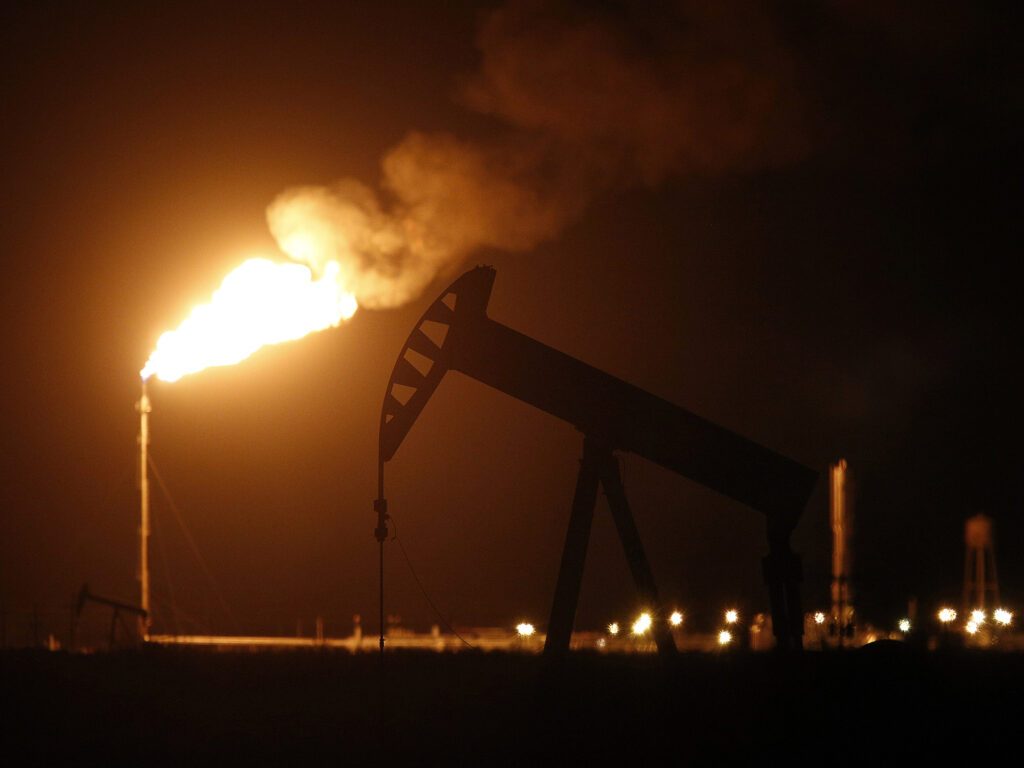In May 2025, North Dakota’s oil and gas industry faced both opportunities and challenges in the Bakken region. While oil production remained above revenue forecasts, lower oil prices led to concerns about future activity.
Simultaneously, the region experienced a decrease in flaring volumes and increased gas capture rates. Infrastructure developments, particularly regarding pipeline capacity, were also a key focus.
Bakken Production and Pricing:
- Bakken oil production in March 2025 was 36.99 million barrels, with a 2.4% increase from February.
- March’s ND oil price was $60.68/barrel, below the forecast, while current WTI prices hovered around $62.
- Operators reported needing oil prices between $55 and $60/barrel to break even.
- Some operators indicated that lower oil prices may limit future activity.
- Clearbrook crude was trading at a premium over WTI.
Rig Count and Operations:
- North Dakota had 31 active rigs in May 2025, with the Williston Basin total at 33.
- Operators expected to drop rigs due to volatile pricing.
- The US rig count was softening.
Gas Capture and Flaring:
- Gas capture rates in North Dakota reached 95.4% statewide and 95.8% in the Bakken.
- Flaring volumes decreased significantly, with a drop of 21 million cf/day.
- The Bakken saw a reduction in flaring volume to a level that only occurred for the third month on record.
Infrastructure and Transportation:
- Rail transportation of Bakken crude increased to ~30,000 barrels/day in March, driven by stronger pricing in the Pacific Northwest.
- Storage expansion and pipeline capacity were key areas of focus.
- The state increased funding for the Pipeline Authority to support pipeline capacity purchases.
- Non-Bakken drilling incentives were introduced through HB 1483.
Other Developments:
- The Bakken is being explored for enhanced recovery methods, including recompletions of older wells.
- New technology, such as longer lateral wells, is being implemented to improve drilling efficiency and reduce costs.
- The Bakken is a laterally extensive, continuous tight oil formation, well-suited for long lateral wells.
- Well-to-well interactions in the Bakken can actually improve production in older parent wells, unlike in other shales.

